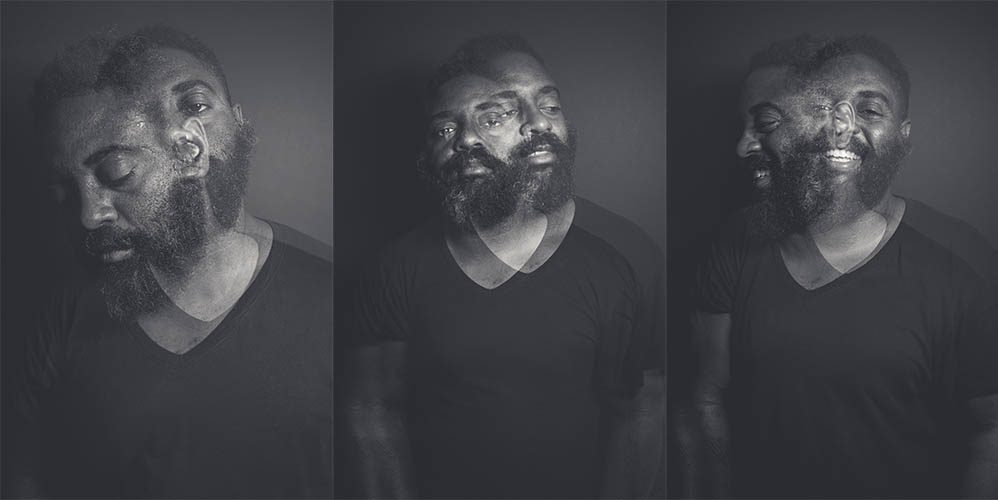The Reckoning: An Interview with Reginald Dwayne Betts (poetry ’10)

An interview conducted by Rachel Eliza Griffiths with Reginald Dwayne Betts (poetry ’10), published by The Paris Review.
INTERVIEWER
One of the first things I noticed about the book is the cover, which features the art of Titus Kaphar. You and Kaphar collaborated on “Redaction: A Project,” an exhibition at MoMA that draws on source material from lawsuits filed on behalf of people incarcerated because of an inability to pay court fines and fees. You have four poems in Felon that are erasures/redactions with specific titles (“In Alabama,” In Houston,” et cetera). They’re all mappable, yet the erasures show the systematic obliteration of black life. Could you speak about this?
BETTS
I’m trying to find ways to connect my identity as a lawyer with my identity as a poet. I’m on the board of the Civil Rights Corps, which deals with money bail. They are specifically trying to challenge the fact that many states incarcerate people and leave them incarcerated just because they can’t pay their bail or because they owe fines for traffic tickets or things like that, citations.
But nobody can understand these court documents. I mean, you get sixty to seventy pages. It’s like reading a novella, and you don’t want to really read a novella that’s talking about things like jurisdiction. But what I thought about was this poetry-ness, and if we can find the poetry. Instead of thinking that redaction is a tool to get rid of and hide what is most sensitive, what if we thought about it as a tool to remove the superfluous? What if I tried to find the rhythm, the poetry, the character, the story, the person? If I allowed the document to actually be a voice of the person writing it? That’s what I attempted to do.
For me, this says a couple of things. It represents the attempt of the state to physically remove you, but then it also represents the attempt of people to reassert their existence. Those two things get to exist as one. In the same way that these two things are happening, there’s this fight against erasure. I think that’s what the poems end up mimicking. Even though the portraits on the cover represent that erasure, they also represent the existence of something underneath. It’s pushing back against that.
[…continue reading this interview at The Paris Review.]



